#jackson’s creadures
Note

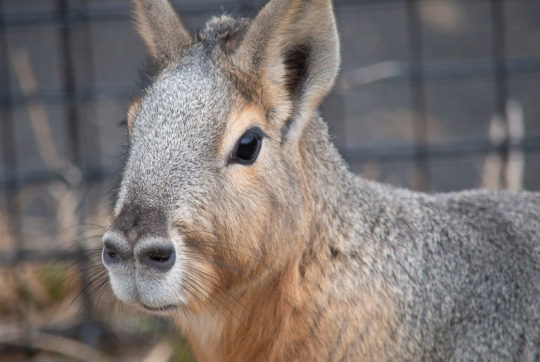

Patagonian mara
Dolichotis patagonum
Dolichotinae, Caviidae, cavimorpha, rodentia
Related to capybaras and guinea pigs
JACKSON ARE YOU INVENTING NEW ANIMALS EVERYTIME I TURN MY BACK HOW ARE YOU FINDING THESE
119 notes
·
View notes
Text
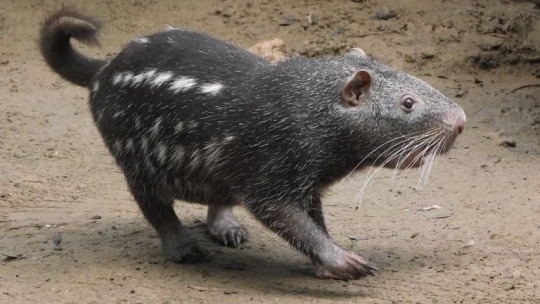


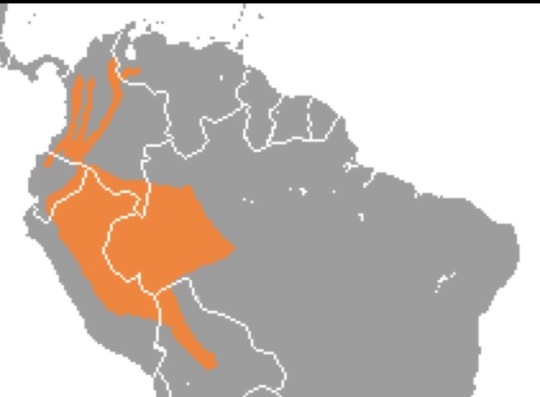
Pacarana
Dinomys branickii
Family Dinomyidae, pavorder Caviomorpha, suborder Hystricomorpha, order Rodentia
This animal is called the pacarana because it looks a bit like a paca, another South American rodent.
They are the only living member of their taxonomic family. Some other members of this family grew to incredible sizes, like the bison sized Josephoartigasia, which is the largest known rodent. Pacaranas themselves are pretty large, weighing as much as 15 kg, or 33lbs.
Pacaranas are very slow moving and peaceful animals. They eat fruits, leaves, and stems of plants and eat sitting down while holding their food like they have hands. It’s very cute.
The males also stand on their hind legs when approaching females during courtship and there was a viral video of one of these guys standing on their hind legs a while back trying to remove soap from their fur. It has been confirmed by an expert that no, you should not put soap on a pacarana.
They’re mainly nocturnal and terrestrial, but they do a bit of climbing.
These animals are vulnerable to becoming endangered.
@jackalspine @fifiibibii
66 notes
·
View notes
Text




Red-rumped agouti
Dasyprocta leporina
Family Dasyproctidae, infraorder Caviomorpha, order rodentia
Also known as the golden-rumped agouti, orange-rumped agouti and Brazilian agouti.
They live in bonded pairs, or family groups when they have children. They mate for life.
They eat seeds, pulp, leaves, roots and fruits. They also sometimes eat insect larvae when other food is unavailable.
They will eat brazil nuts and will often bury them for later, like squirrels.
They are generally between 3 and 5.9 kg (6.6 to 13 lbs), and grow to between 49 and 64 cm (19 to 25 in) long with tails no longer than 6 cm (2.4 in). Females are usually larger than males.
They communicate with grunts, squeals, screams, and body language.
They are crepuscular, like guinea pigs.
@jackalspine @fifiibibii
52 notes
·
View notes
Note

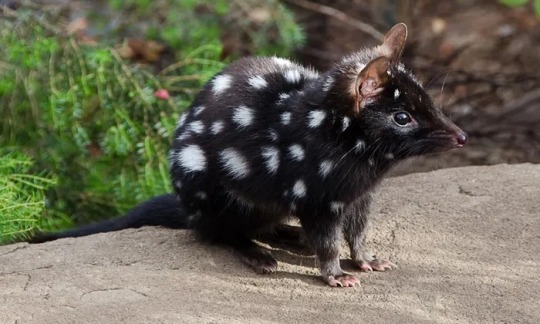
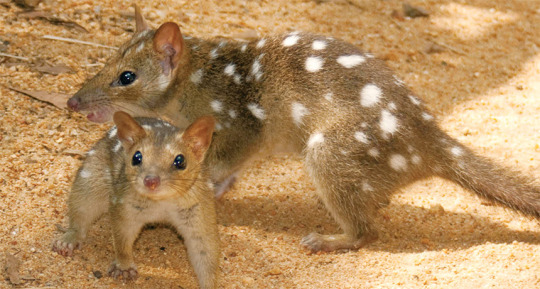


Some actual marsupials! Different types of quolls
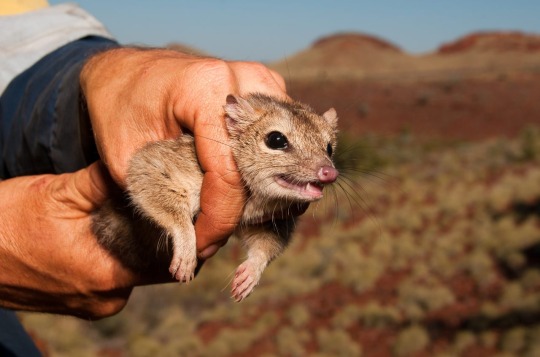
Bonus northern quoll. He been captured
HHHOOOOOOOOOO THEY ARE SPOT
31 notes
·
View notes
Text




White eared opossum
Didelphis albiventris
Family Didelphidae, order Didelphimorphia, superorder Ameridelphia, infraclass Marsupialia
Also known as the timbu, cassaco, saruê, sariguê, amicurê, mucura, and comadreja overa.
To be honest, I’m doing this little creature report because @ecto-stone seems to be having a very fun time looking at opossums right now.
Until 2002, the name Didelphis albiventris included three species of opossum: Didelphis pernigra, Didelphis imperfect (wow harsh name there) and Didelphis albiventris.
So now, information regarding either white eared opossum species is hard to find. It’s hard to find out if the info gathered before 2002 is true for all 3 species, or just one.
They are solitary except for during the breeding season and mostly terrestrial. But they can climb very well.
Males are slightly larger than females and have longer canines.
These animals are both nocturnal and crepuscular, their breeding season is determined by the abundance of food during the wet season, and they are excellent seed dispersers.
@jackalspine @fifiibibii
22 notes
·
View notes
Note

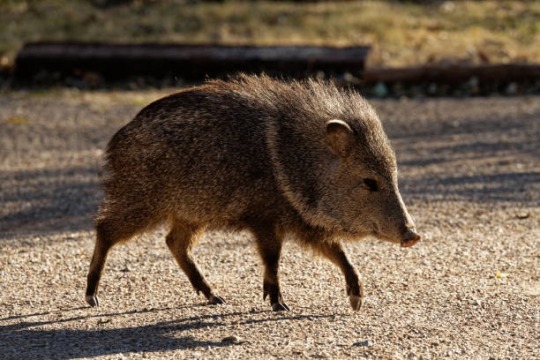
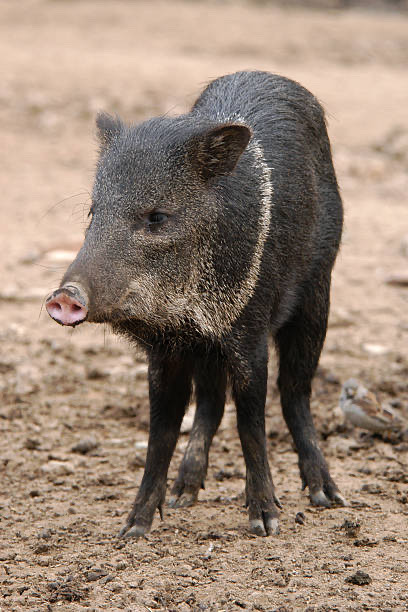
Here’s some peccaries. I imagine their hooves go tippytap.
HONE SHIT BROTHER THOS LIDDLE HORSES GO OFFFF IMPECCABLE FORM!!!
24 notes
·
View notes
Note



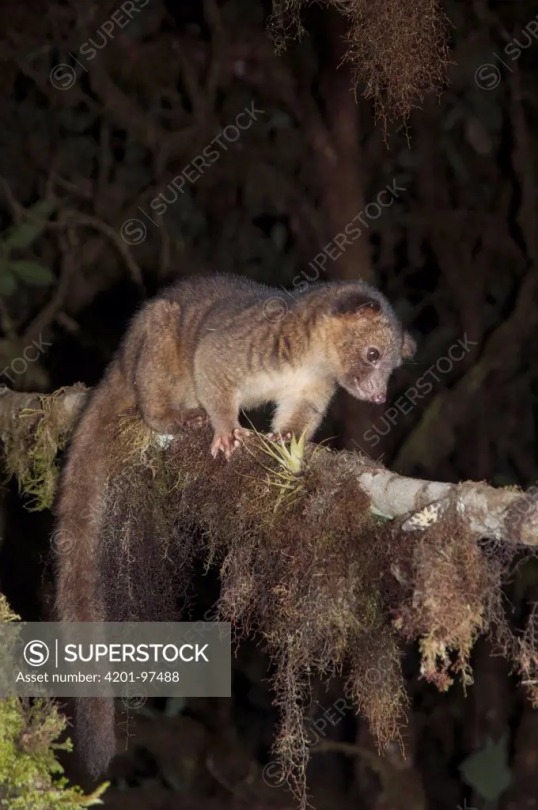
Olinguito
Man where are these fuckin marsupials comign from brother how many more you got back there
31 notes
·
View notes
Text
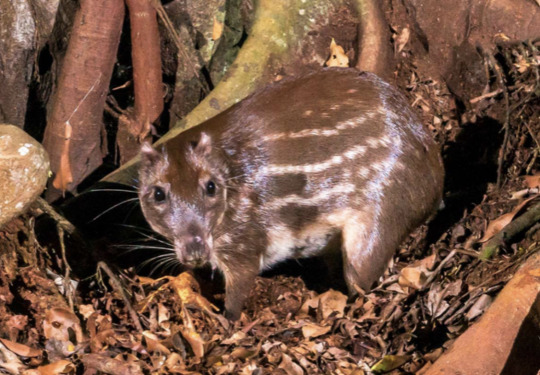



Lowland paca
Cuniculus paca
Family Cuniculidae, pavorder Caviomorpha, suborder Hystricomorpha, order Rodentia
Also known as the spotted paca, tepezcuintle, guardatinaja, pisquinte, jaleb, conejo pintado, guanta, majás, picuro, jochi pintado, boruga, tinajo, guartinaja, gibnut, labba, lapa, and lappe.
There is another animal with a similar name, the Pacarana. But these are not the same animal. They simply have similar appearances.
They are mainly quiet and nocturnal. They dig burrows about 2 metres below the surface with usually more than one exit and are great climbers and swimmers.
They will often seek water to escape predation as they can hold their breaths for several minutes.
They are omnivorous and important seed dispersers. They love fruit and will also eat stems, leaves, tubers, roots, nuts, seeds, and herbs.
They will also eat from carcasses to supplement protein. They eat flesh less often than plants though. They lean more towards herbivorous in the wild and omnivorous in captivity, but have been known to eat flesh in the wild.
There is some conflicting information about their social structure with some sources saying they are largely solitary, and others saying that they are monotonous and form small family groups. Caring for young anywhere from 8 weeks to 6 months.
@jackalspine @fifiibibii
16 notes
·
View notes
Text

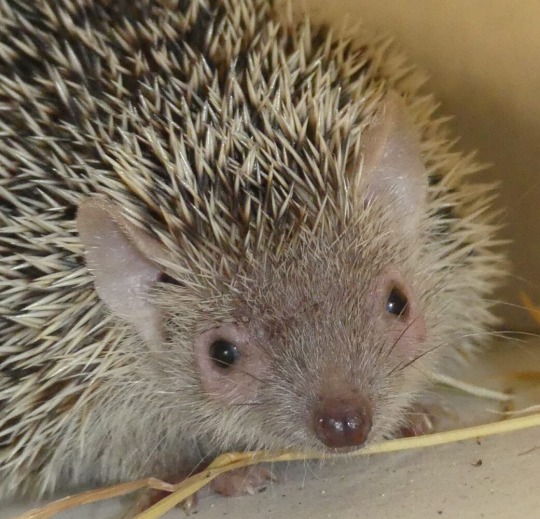


Lesser hedgehog tenrec
Echinops telfairi
Family tenrecidae, order Afrosoricida, superorder Afrotheria (the elephants, sengis, manatees, aardvarks, and hyraxes)
These guys bear an uncanny resemblance to another African animal: the four toed hedgehog.

But four toed hedgehog’s are in an entirely different clade! Laurasiatheria, like pangolins, cats, dogs, moles, deer, and rhinos.
All tenrecs have a cloaca like reptiles, so these guys only have one hole to excrete waste.
They’re terrestrial and spend the day curled up sleeping under leaves, logs and anything else they can hide under. If it’s really hot, they sleep splayed out.
They eat insects and sometimes small vertebrates. They forage alone with the exception of mothers foraging with young.
They’ve become common exotic pets. I’ve held one before.
These guys are in a relatively new proposed clade: Afroinsectiphilia. These guys are afrotherians that were thought to be in Insectivora, which is not considered a legitimate group anymore.
@jackalspine @lemon-snake
12 notes
·
View notes
Note
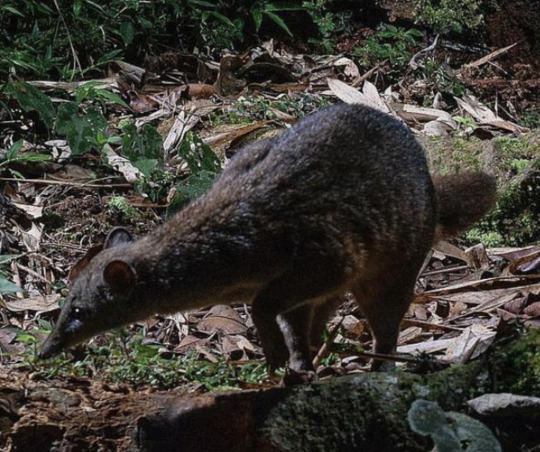


Eastern Falanouc
Eupleres goudotii
Eupleres, eupleridae, feliformia
They live in Madagascar and store fat in their tails.
There’s only two animals in it’s genus. This guy, and the western falanouc:


Oh my goodness what a silly guy I wish I could store fat in my tail :(
Is he earpting a giant worm my goodness he slurpin ramen noodle just like me fr
#me n this guy nosing leaf litter in the dead of night sloprin up night crawlers#jackson’s creadures#barks
12 notes
·
View notes
Note


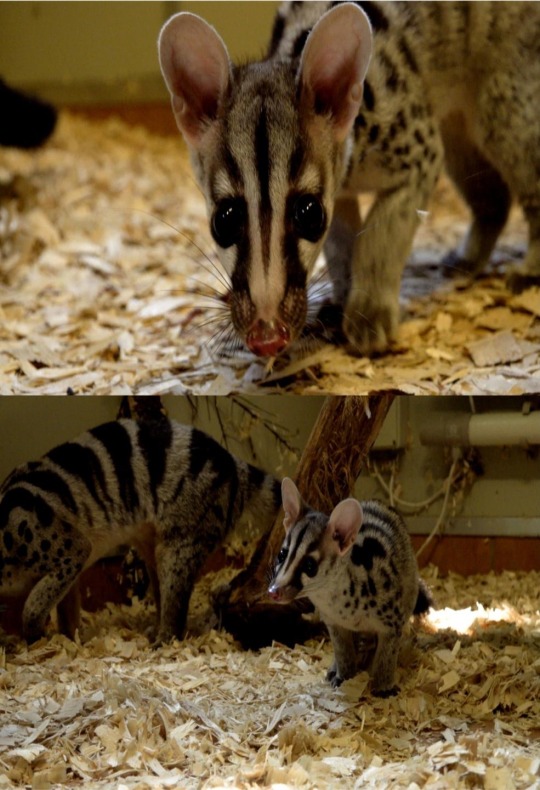
https://youtu.be/GLw6AMCiw6w?si=akSf3H0SpXmT__qb
(Monching and cronching begins at 0:27, vigorous sniffing at 1:07)
Owston’s palm civet
Chrotogale owstoni
Chrotogale, Hemigalinae, Viverridae, Feliformia
Eyes on the top of his head so he gotta look down to look forward.
He was discovered in 1993 and his wikipedia page is only 272 words long.
They are endangered and live in Vietnam, Laos, and a tiny bit of Southern China.
OHOHOHO!!! He makes weRRRP Wooooup tube noise when I hold him upside down
16 notes
·
View notes
Text

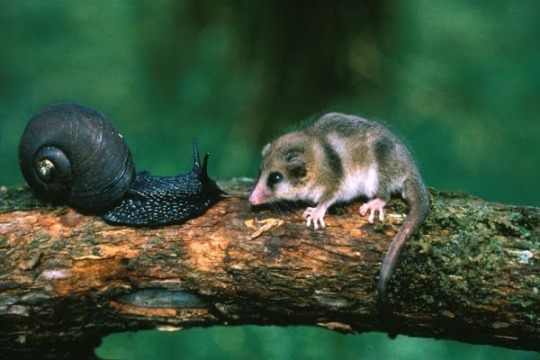


Monito del monte
Dromiciops gliroides
Family microbiotheriidae (only monito del monte still extant), order microbiotheria (only monito del monte still extant), superorder australidelphia (around 3/4 of marsupials. The Australian ones. From the Americas, only monito del monte still extant)
Very recently either one or two more species in its genus have been discovered. I’m gonna focus on this guy though.
Monito del monte is what a lot of people call a living fossil. This term is stupid though as it gives creationists hope that evolution is a hoax. “Living fossils” still evolve over time, just slower and in less noticeable ways.
The lineage of monito del monte is the most basal of the australidelphian superorder. The other two most basal marsupial groups to all of marsupials, not just australidelphians are the two opossum orders. That’s right! Two of em! Didelphimorphia (probably the first to branch), and paucituberculata.
So monito del monte was thought for the longest time to be a type of opossum, but they’re not opossums at all! Any physical similarities is convergent evolution baybee!
These guys live in spherical nests up in trees. They make the nests out of water resistant colihue leaves lines with moss or grass for insulation and camouflage (Colihue is a type of frost tolerant bamboo). They either live in pairs during the breeding season or year round. Not sure.
They also hibernate during winter! The base of the tail will swell with fat beforehand and their hearts slow from 230 bpm to under 30 bpm.
They mostly eat small invertebrates, but they like fruit. Especially mistletoe fruit.
ONLY NON OPOSSUM MARSUPIAL IN THE AMERICAS!!!!
@jackalspine @fifiibibii
11 notes
·
View notes
Note
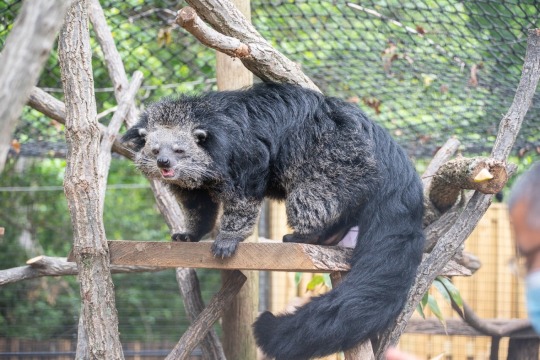

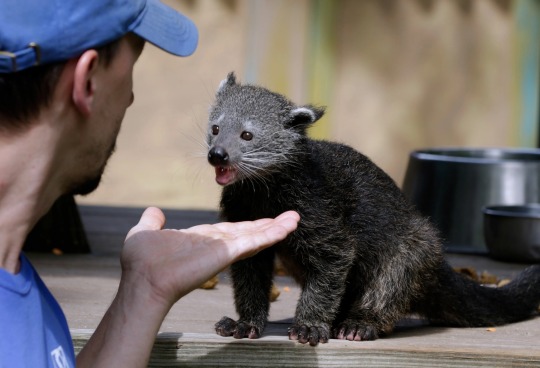
Binturong
HONE FUCK I SAW THAT GUY ON PINTEREST ONCE
13 notes
·
View notes
Text


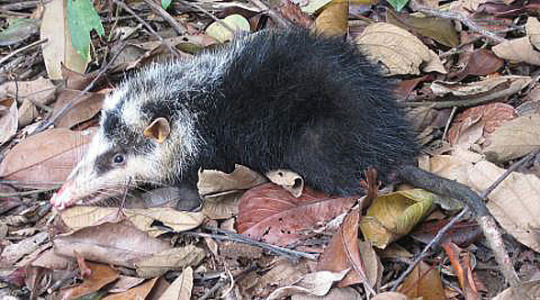

Moonrat
Echinosorex gymnura
Subfamily Galericinae, family Erinaceidae, order Eulipotyphla, superorder Laurasiatheria
Despite their names they are not rats nor do they live on the Moon. They are erinaceids and they live in southeast asia. There are two subspecies. The gray, black, and white E. g. gymnura, and the white E. g. alba.
I think E. g. gymnura looks a lot like a white eared opossum, I did a post about them too.

They eat earthworms and lots of arthropods (including crabs). They also eat fruit, fish, and amphibians sometimes. They are also very stinky. Pungent.
Their head and body length ranges from 26-46 cm. (10.2-18.1 inches)
@jackalspine @fifiibibii
10 notes
·
View notes
Note
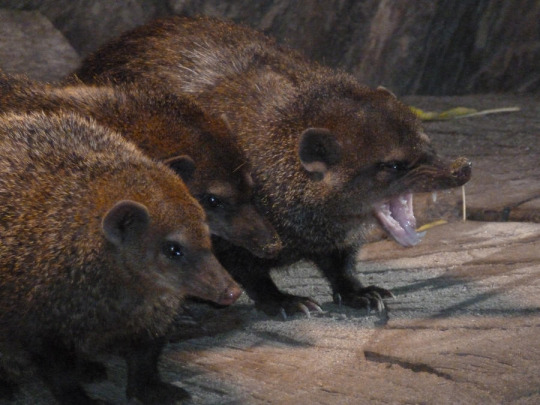
Best picture
IS THAT THEM?? oh my god the nephew energy only intensifies. That’s my estranged brother’s son that I dote on to fulfill my childless marriage.
I hold him by the hand when we cross the street and teach him abt cars in my work garage
11 notes
·
View notes
Note
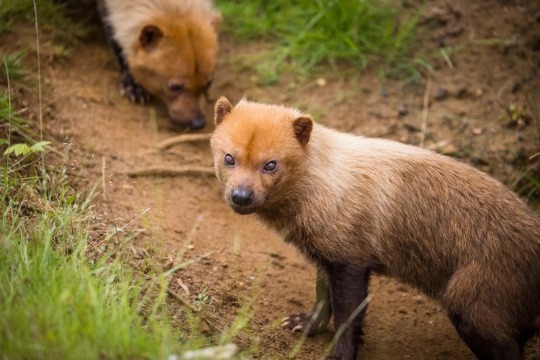
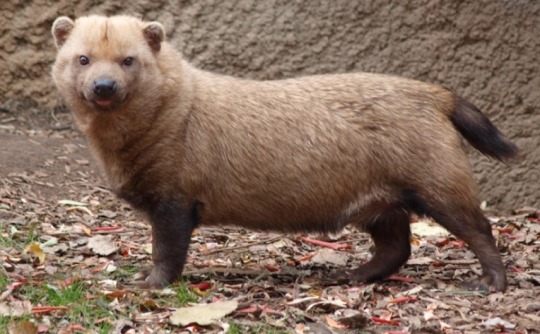
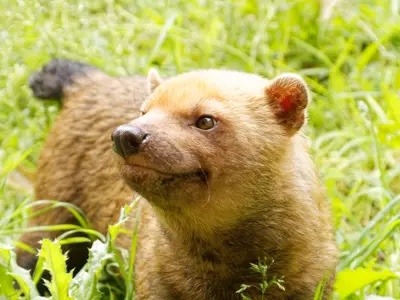
Bush dog
Speothos venaticus
Speothos, caninae, canidae, caniformia
They have partially webbed toes for swimming and are pack animals.
They live in South and Central America
Brother thas. Not a dog. That’s. A weasel bear if I’ve ever seen one..
Babygirl is a grizzly bear that I image compressed and elongated for my own amusement.
I want to hold him so bad…
17 notes
·
View notes